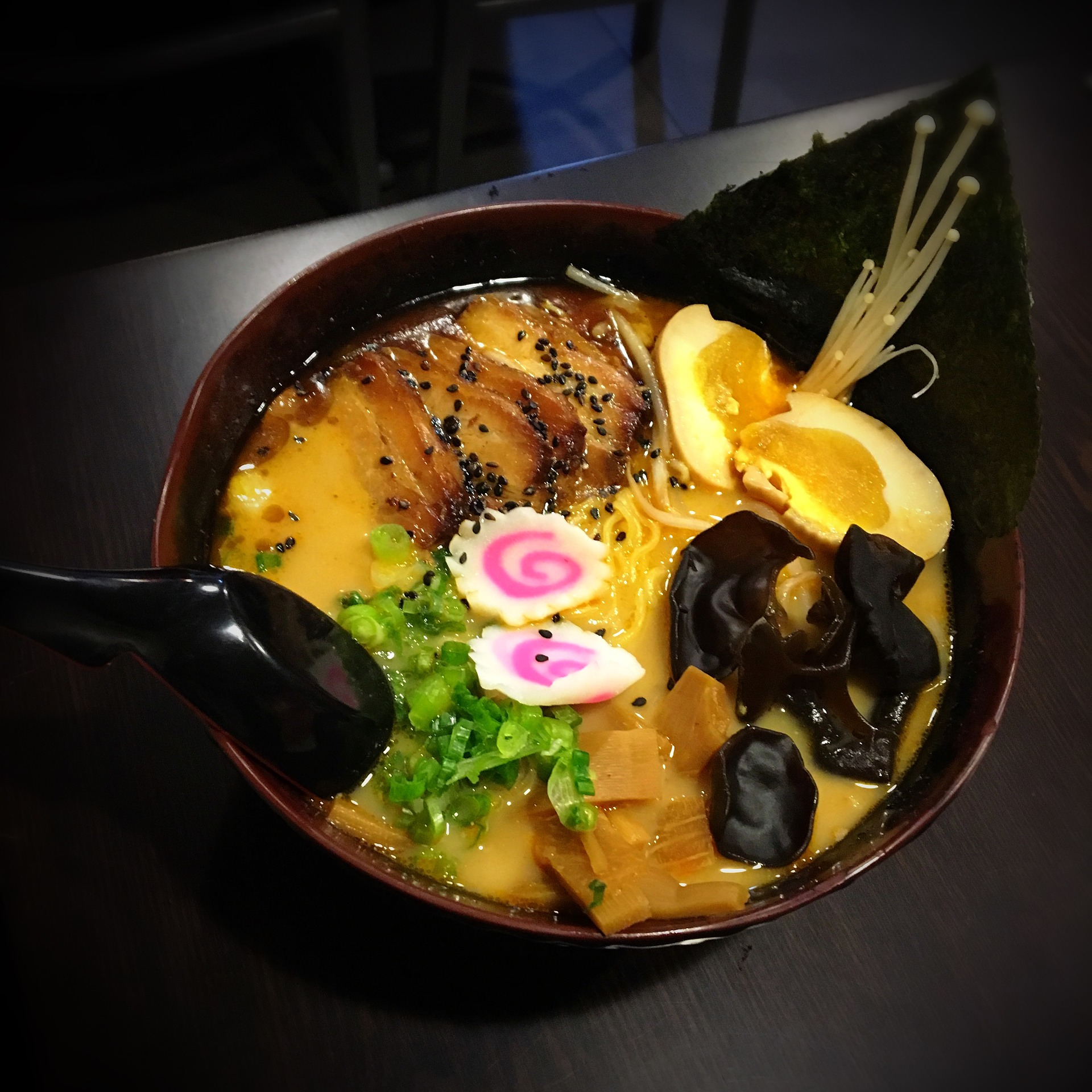The Chinese have always attached great importance to the appearance of dishes, sophistication and sophistication of everything that accompanies eating. As a special science and art form, eating not only spawned many culinary techniques, but also reflected the essence of the Chinese national character.
Food rules have been established in China for a very long time. Initially, the Chinese ate twice a day. The first meal was usually taken around nine in the morning, the second at about four in the afternoon. The Chinese thinker Confucius owns the saying “不时 不 食”, which can be translated as “you can’t eat at the wrong time.” During the reign of the Han Dynasty (206 BC 220 AD), due to the development of agriculture, the people of China began to practice three meals a day. Each of these meals had to be freshly prepared. Western tradition presupposes individual serving of meals, whereas in China, regardless of who is attending the meal – family members, work colleagues or friends – everyone sits around the same table and takes food from the common dishes.
The first dishes and utensils were mainly earthen or ceramic and during the meal they stood directly on the ground. Later, low wooden tables appeared. On the fortune-telling bones of the Shang Dynasty (XVII-XI centuries BC), you can find the hieroglyph 席 xí (mat or rug pictogram), which shows that at that time people were sitting on rugs right on the ground. These rugs varied in size and length and were generally square or rectangular in shape. The square ones were called “独坐” dú zuò (single sitting) and were meant for people of older age or status. There was a strict hierarchy in the distribution of seats at the table.
Elderly people could not sit next to young people, and the nobility could not sit next to commoners. Each participant in the meal had their own meal table. The practice of individual eating continued until the later years of the Han Dynasty (206 BC – 220 AD). In the city of Chengdu, Sichuan province, during excavations of tombs of the Eastern Han Dynasty (25 BC – 220 AD), wall paintings were discovered depicting a meal of the time, where people sit at tables in small groups of 2 3 persons.
During the Tang Dynasty (618-907), the old food culture underwent dramatic changes. Long tall tables and chairs appeared. Wall paintings in the Donghuang Caves show these tables, from which the tablecloths fall. On the tables are spoons, chopsticks, cups, plates and other utensils. Men and women sit around the table on high benches and chairs, individual serving has given way to a collective meal. It is this way of eating that has survived to this day. The time when family and friends gather at the dinner table is filled with an atmosphere of warmth and harmony for the Chinese. Perhaps this is due to the great importance that the Chinese attach to consanguinity and kinship. Another explanation is that traditional Chinese culture places great emphasis on the harmony of “和” (hé). A joint meal promotes unity and disposes to communication; during a meal, the Chinese love to have leisurely conversations, discuss pressing matters; we can say that the dining table for the Chinese is a connecting communicative link at any level.
In 2003, when China was threatened with the spread of the SARS epidemic, the government and society seriously discussed the transition to individual serving in public catering. For a while, some establishments really supported this initiative, but as soon as the epidemic was taken under control, everything returned to its place.
Of course, the spread of Western restaurants and fast food has not gone unnoticed by the Chinese society, however, the basic rules and rituals of traditional Chinese food have remained unshakable for many hundreds of years.
